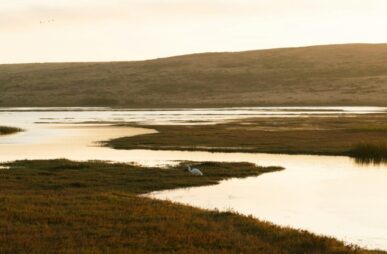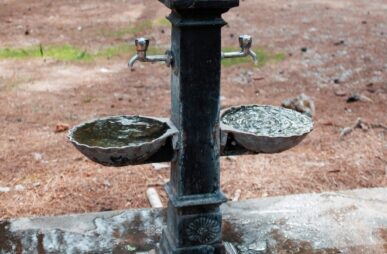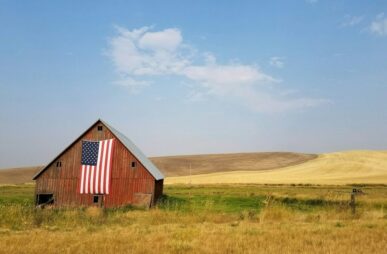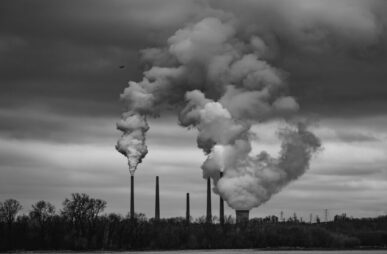Federal hearing to take up hotly debated issue of wetlands protections
By Shannon Kelleher
In a court hearing that could have implications for the fate of federal protections for US wetlands, lawyers for an Iowa farmland owner will face off on Monday against the federal government and environmental advocates over the constitutionality of the Farm Bill’s hotly debated “Swampbuster” law.









